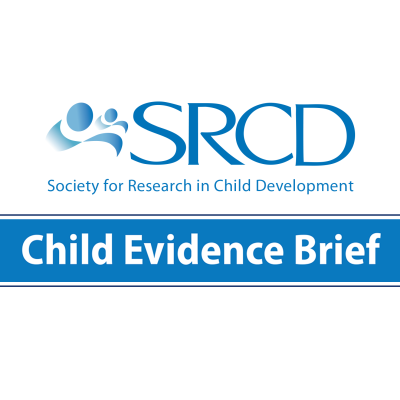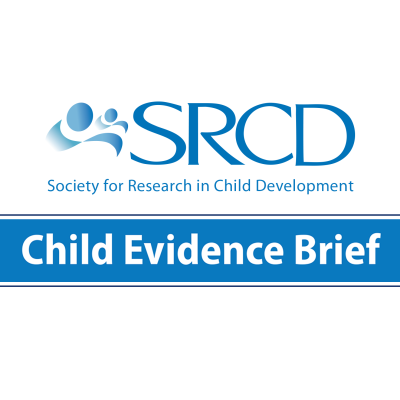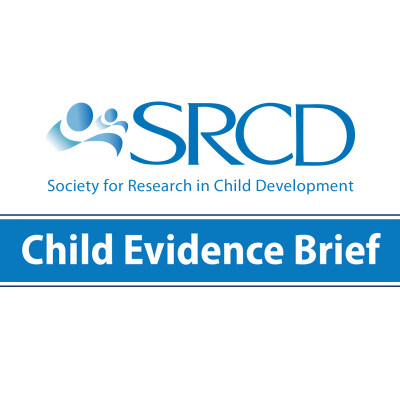Early Childhood Development Programs In Global Contexts: Improving Quality
Why Does This Matter?
A quarter of the world’s youngest children suffer one or more forms of severe deprivation and risk, such as poverty, disease, and exposure to violence. Early childhood development (ECD) programs are considered one of the most promising approaches to providing more equitable outcomes for deprived and at-risk children and families. While the number of children and families served by ECD programs has grown, research shows that without a concurrent commitment to program quality, potential gains for children may be lost and glaring disparities in outcomes maintained.
High-quality early childhood development programs are needed globally to ensure that all children reach their potential and thrive. Access to programs is not sufficient; a focus on quality is necessary.
Policy Implications
The research is clear: Early childhood development (ECD) programs have the potential to improve children’s development and wellbeing. However, it’s not enough to increase access; to help children, it’s critical to focus also on program quality. Therefore, organizations that sponsor and implement ECD programs—national governments, development agencies, nongovernmental organizations, foundations, and private forprofit organizations—should:
- Coordinate ECD programs so there’s a continuum of services across ages and integration across types of programs (e.g., health, parenting education, nutrition, early childhood education).
- Improve research and evaluation capacity by building partnerships among researchers, policymakers, and practitioners; creating systems to collect data on program quality on an ongoing basis to inform policy and program decisions; and disseminating information on effective approaches to improving quality.
- Promote an ECD program quality framework that:
- Takes into account systems (e.g., government bodies, other institutions and supports) and settings (e.g., homes, clinics, schools) to enhance contextual and cultural sensitivity.
- Focuses on a broader range of recipients, including not just children but parents, caregivers, educators, and health providers.
- Incorporates cross-cutting dimensions of program quality, including interactions and communications, leadership and management, physical and spatial characteristics, resource levels and distribution, and alignment with community and societal values and principles.
What the Research Says
- Early childhood development program quality–as indicated by cultural appropriateness, staff skills, intensity and duration, the characteristics of the physical and social environment, and child-caregiver interaction–is key to improving children’s health, cognitive, and socioemotional development.
- Focusing solely on expanding services and access to programs can yield mixed results in improving outcomes because providing more access isn’t always accompanied by improving quality.
- The best outcomes for children will be achieved if different types of ECD programs (those addressing health, nutrition, education, child welfare, and violence protection, as well as focusing on parents’ and caregivers’ economic wellbeing) are intentionally coordinated at the local and national levels. As has been demonstrated in recent studies on survival and health, and contrary to popular belief, reaching the most disadvantaged populations is cost effective. For example, recent cost-benefit analyses demonstrate a greater return on investment of working to reduce infant and maternal mortality and under-nutrition for the poorest and most disadvantaged children and families as compared to the less severely disadvantaged.
Facts at a Glance
- Early childhood development programs are expanding worldwide. Different types of programs support children’s development in health, learning, and behavior from the prenatal period through the transition to primary schooling. Programs are diverse and vary according to age (e.g., infants, preschoolers), how the program is delivered (e.g., home-, community-, center-, or school-based), focus (e.g., health, education), sponsoring and implementing organizations (e.g., state, private sector), and target population (e.g., groups of parents, children, providers).
- Estimates of program access are difficult to obtain because reliable data are limited. Available estimates suggest that:
- For babies, the data usually correspond to access to health services, a domain with notable improvements: In 2007, about 80% of children under 1 had access to immunizations.
- For preschoolers, the number of children in preprimary education has tripled in the past three decades: In 1970, about 44 million were enrolled; in 2006, 139 million.
- Higher-income countries demonstrate substantially higher rates of enrollment in early care and education programs than lower-income countries.
This brief summarizes a longer Social Policy Report, "Quality of Early Childhood Development Programs in Global Contexts: Rationale for Investment, Conceptual Framework and Implications for Equity," by Pia Rebello Britto, Associate Research Scientist at Yale University, Hirokazu Yoshikawa, Professor of Education at Harvard University, and Kimberly Boller, Senior Research Psychologist at Mathematica Policy Research.


